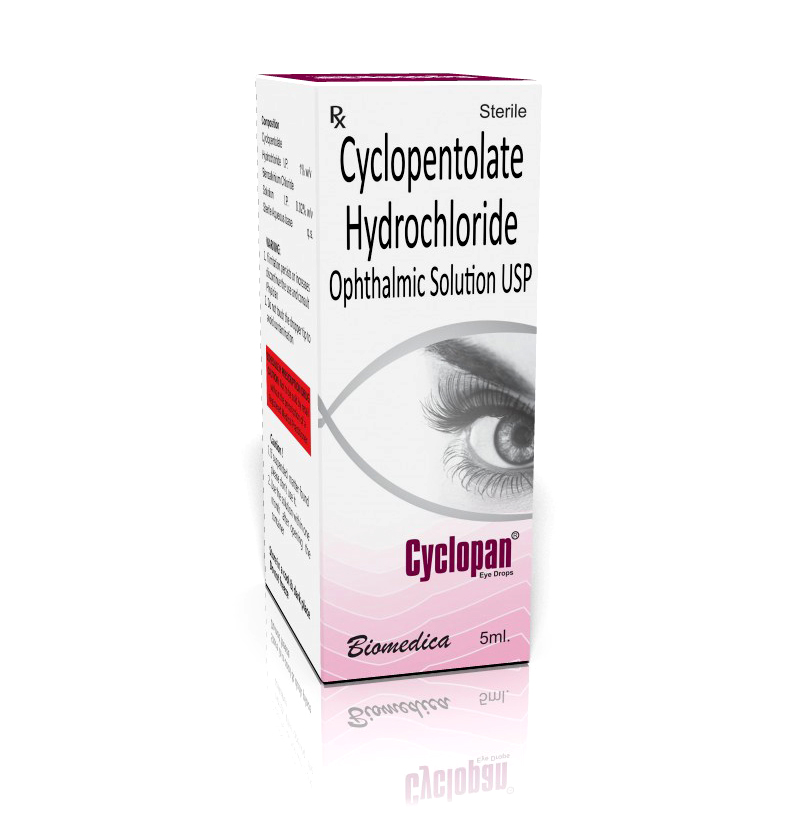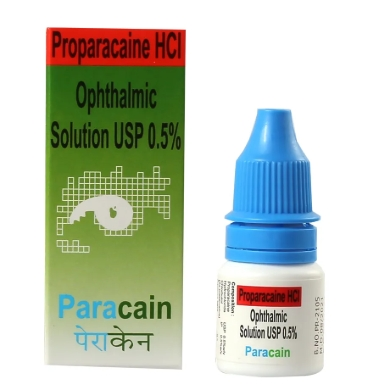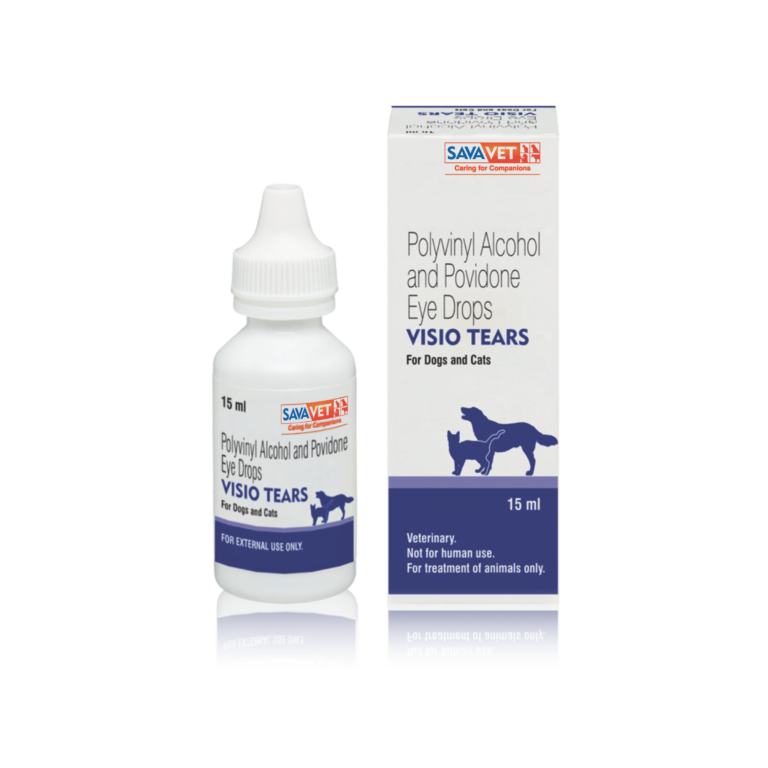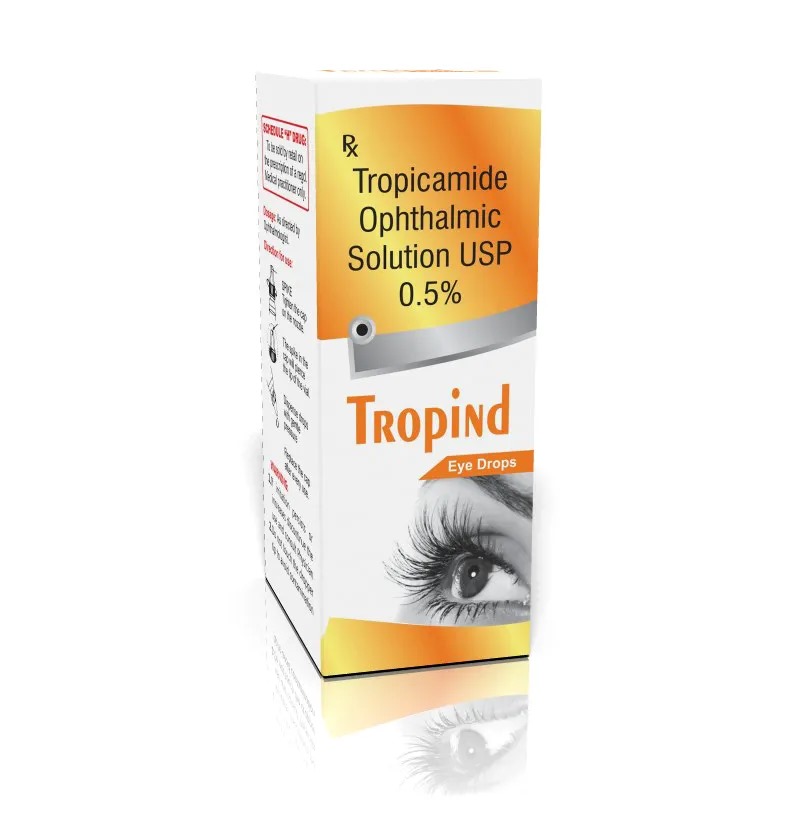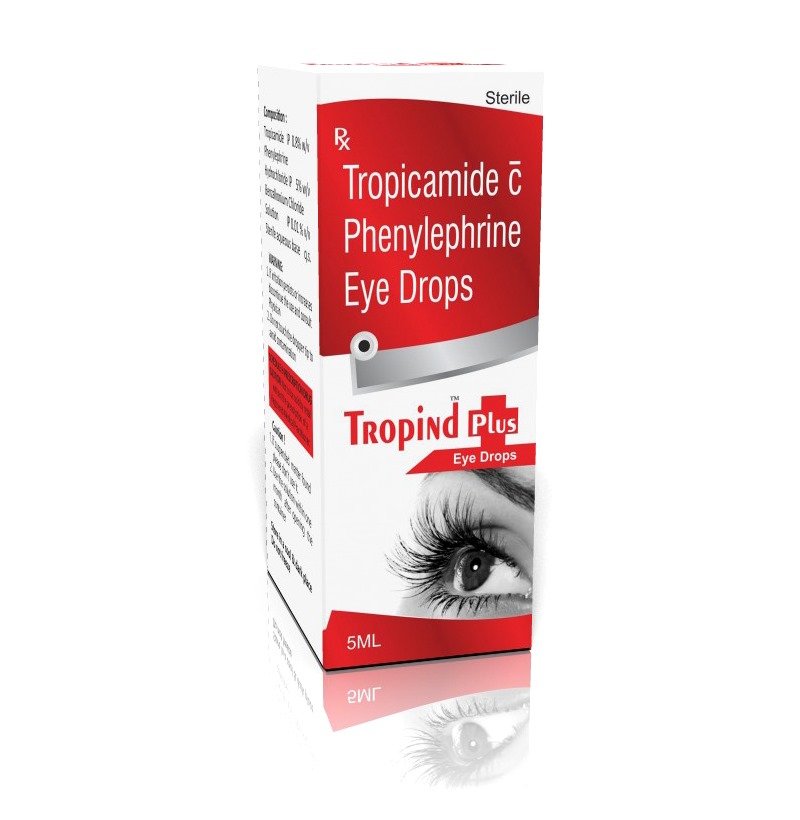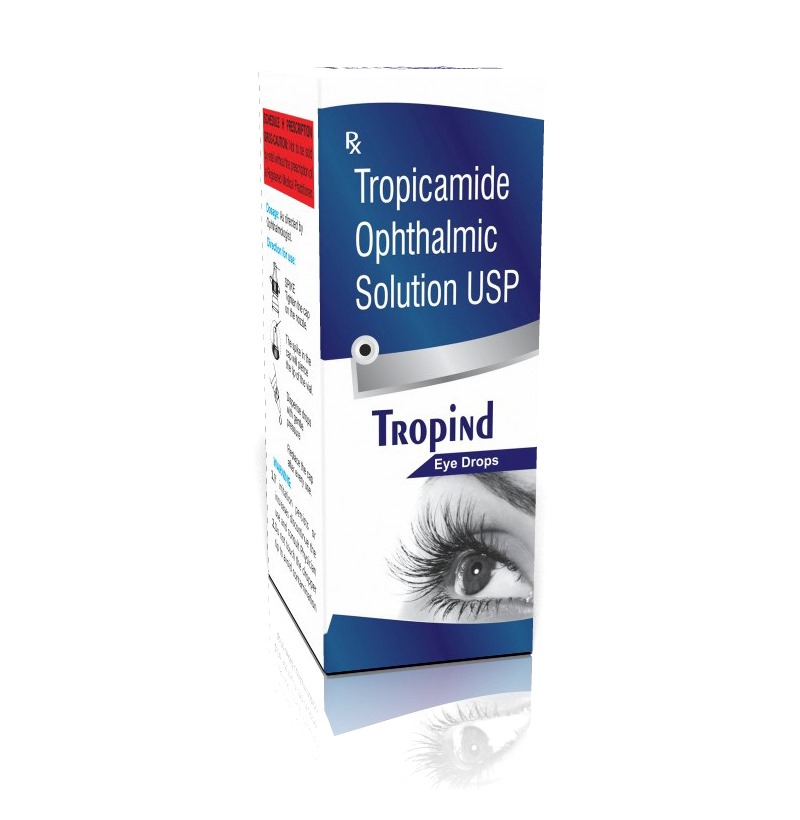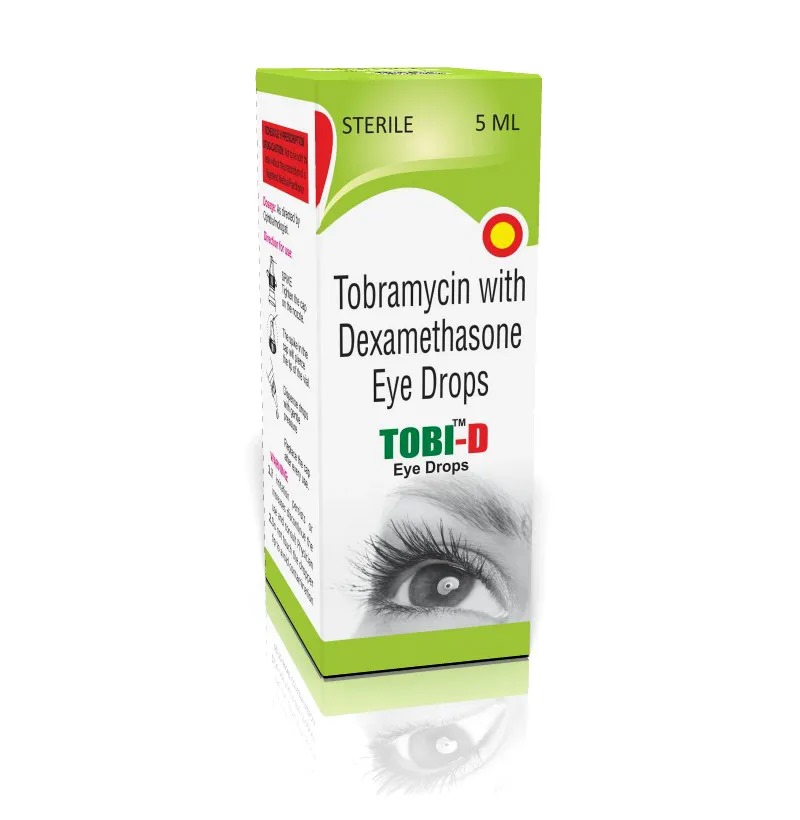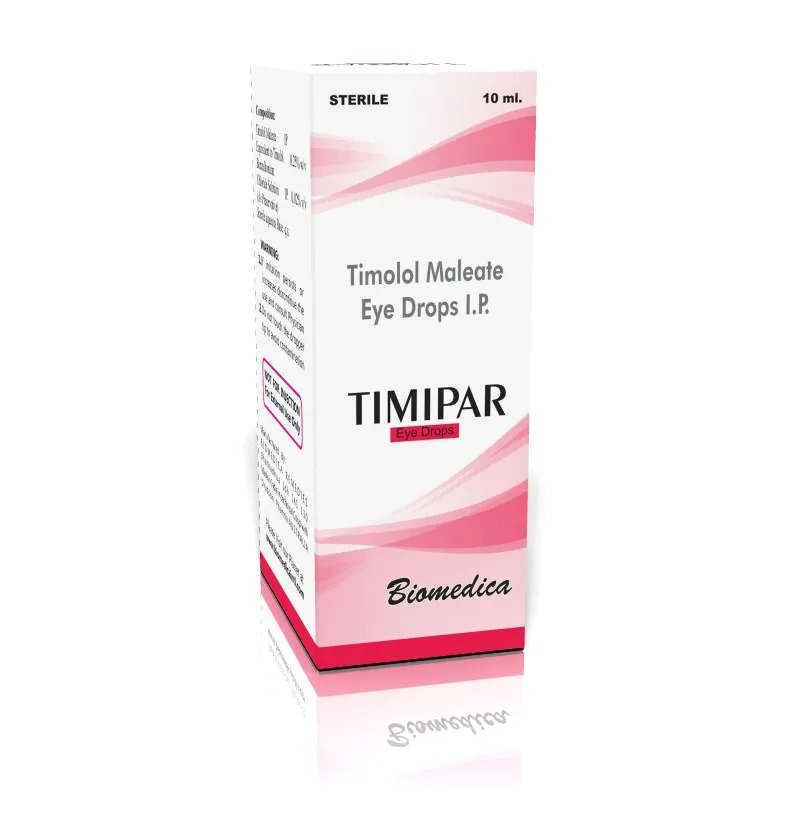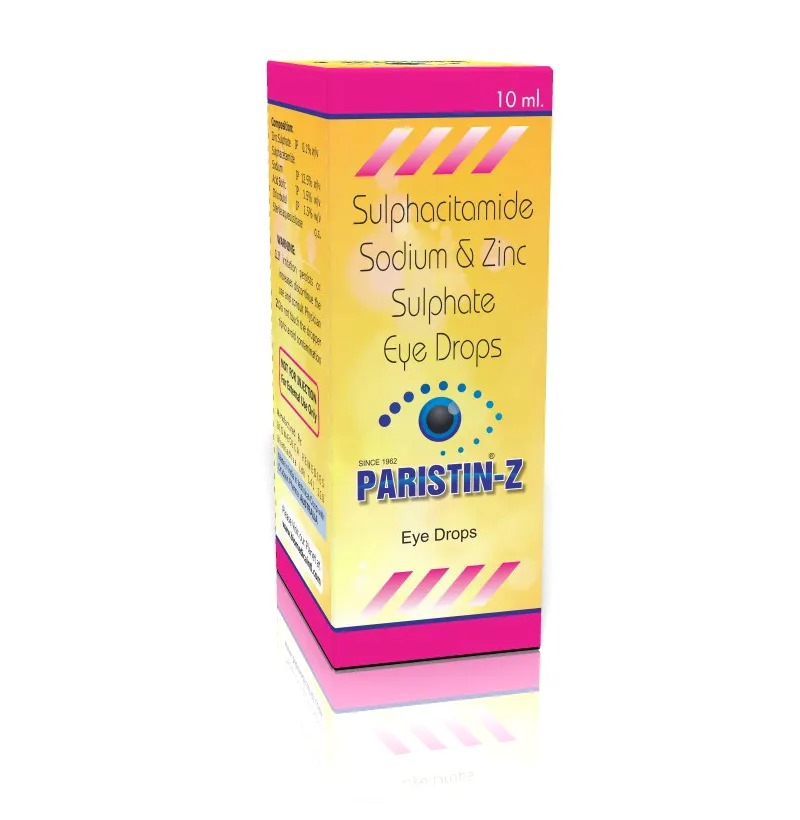Cyclopan 5ml Eye Drops contain Cyclopentolate Hydrochloride, which is an anticholinergic medication primarily used for dilating the pupil (mydriasis) and treating certain eye conditions. Here's a breakdown of its uses: 🔹 Primary Uses Pupil Dilation for Eye Examinations Cyclopentolate is used to dilate the pupil before eye exams, such as retinal examinations or refraction tests. This helps the ophthalmologist or optometrist get a better view of the inside of the eye. Treatment of Uveitis In cases of uveitis (inflammation of the uvea), Cyclopentolate helps to dilate the pupil, preventing the iris from sticking to the lens or cornea (synechiae) and providing relief from the pain caused by pupil constriction. Treatment of Amblyopia (Lazy Eye) Cyclopentolate can also be used in the treatment of amblyopia by blurring the vision in one eye to force the brain to use the weaker eye, a common approach in young children. 🔹 How It Works Cyclopentolate Hydrochloride works by blocking the action of acetylcholine, a neurotransmitter that normally causes the pupil to constrict. By inhibiting this effect, it dilates the pupil and paralyzes the ciliary muscle, which is helpful in various diagnostic and therapeutic situations.
Send Message